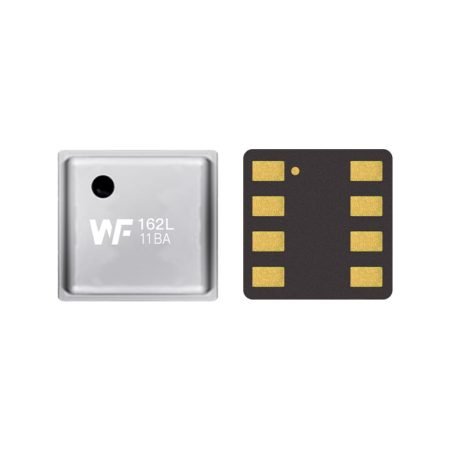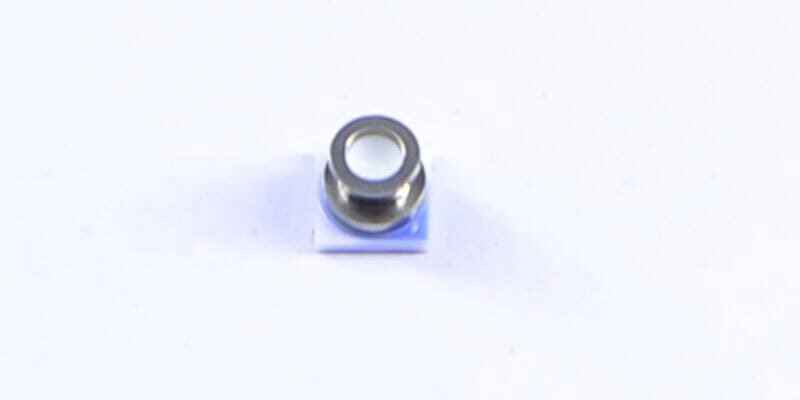Pressure sensors that make the perfect cup: This piece starts from the “bean-to-cup” process and explains the central role of pressure sensors in fully automatic coffee machines. It points out how temperature and pressure work together during extraction, and outlines typical technical specs (like 0–11 bar range, ±0.5%FS accuracy, 0.5–4.5V output, 5V supply) that ensure every cup is consistent.
Papa lima
1. Why pressure decides a coffee’s flavour
Coffee extraction is a physico-chemical exchange between hot water and ground coffee; pressure directly determines how water penetrates the puck, and how oils and soluble solids dissolve. If pressure is too low, extraction is incomplete and the flavour feels weak; if pressure is too high or unstable, you can get over-extraction and bitterness. For engineers, it’s important to grasp both short-term pressure spikes and the average pressure: brief pulses disrupt laminar flow, and long-term shifts change the recipe’s behaviour. The machine’s water path, pump and heater all need real-time monitoring from a pressure sensor, which enables closed-loop control to hold the desired pressure profile.
Pressure affects extraction both instantly and cumulatively. During pre-wet, low pressure moistens the puck so it expands; then high-pressure extraction pushes hot water through the expanded coffee to lift oils and solubles. The sensor must capture pressure changes at millisecond resolution and feed that back to the controller to ensure a smooth handover between pre-wet and high-pressure stages. Practically, choosing a temperature-aware pressure sensor couples pressure readings with temperature, reducing drift caused by heat and keeping extraction stable and repeatable.

2. Where the pressure sensor sits in the brew chain and what it does
In a fully automatic machine, the pressure sensor is usually mounted near the brew chamber or immediately after the pump to get representative pressure readings. Its role is more than measurement — it provides safety and diagnosis: if pressure spikes abnormally it triggers relief valves, or it flags blockages and pump degradation for maintenance. Engineers must consider the measured medium (gas or liquid), the interface’s pressure rating and anti-fouling design to ensure long-term reliability. Miniature MEMS sensors like the WF162L 11BA use a metal or plastic package with a small pressure port to physically communicate with the brew chamber, delivering high-accuracy readings in tight spaces.
The mechanical connection point affects response: short lines and rigid fittings reduce measurement delay, while long flexible hoses introduce lag and oscillation. In practice, keep the sensor directly connected to the brew chamber or use a short hard line, and pick protective membranes or isolation schemes that tolerate steam and hot water. A temperature-aware pressure sensor compensates for thermal effects from the heater, lowering long-term drift and improving repeatability and machine reliability.
3. Key specs and design points (range, accuracy, temperature response)
Pick components based on your extraction targets. Common specs include 0–11 bar range to cover pre-wet and peak extraction, ±0.5%FS accuracy to hold steady control, 0.5–4.5Vdc output for easy MCU/ADC integration, and 5V supply for simple system design. The operating temperature range (−40°C to 125°C) determines durability near heaters. From an engineering viewpoint, consider the total error budget: sensor intrinsic error, thermal drift, linearity and power-supply noise must all fit inside the system-level error so the recipe behaves as expected under real conditions.
In practice, the stability offered by a 0.5%FS sensor must be evaluated together with ADC resolution, sampling rate and filtering. Higher-resolution ADCs can exploit the sensor’s accuracy but also magnify noise, so balance filtering against response time. An 11 bar sensor covers the high-pressure peaks used in espresso extraction, and temperature-aware sensors keep readings consistent under thermal transients, cutting down on taste changes caused by instantaneous heating effects.
4. Calibration and online monitoring: keeping consistency
Calibration splits into factory calibration and online calibration. Factory calibration ties the sensor to known standards; online calibration corrects thermal drift and offsets during operation. In practice, quick low-point and high-point self-checks, combined with cross-checks using flow and temperature data, let you detect errors without tearing the machine down. Recording data and analysing trends helps spot pump wear or blockage early so you can maintain performance and prevent quality drops.
Online monitoring is more than alarms; a pragmatic approach fuses pressure, temperature and flow to estimate extraction effectiveness in real time. When the system sees a long-term shift it can apply a software correction or prompt replacement of a membrane or sensor. For engineers, clear fault and maintenance thresholds beat fancy predictive models — fewer false positives and more reliable operation ensure every cup stays consistent and traceable.
5. Selection tips and engineering implementation points
When choosing a sensor prioritise range, accuracy, temperature rating and interface compatibility. For fully automatic machines, 0–11 bar range, ±0.5%FS accuracy and 0.5–4.5V output are a practical, universal set. Also check package protection, response time, long-term drift and supply-chain reliability. In implementation, use short reference lines, solid mechanical mounting and proper electrical decoupling to ensure the sensor reflects system pressure rather than wiring or installation artefacts.
Final verification should include end-to-end testing: gather pressure and temperature curves through pre-wet, steady extraction and cold starts to confirm the recipe holds across repeats. A temperature-aware pressure sensor with 0.5%FS accuracy stabilises control algorithms and reduces taste variability caused by sensor error.
Hopena
The pressure sensor is a key component in the bean-to-cup chain of a fully automatic coffee machine. Choosing the right coffee-machine pressure sensor — one that’s temperature-aware, has a 0–11 bar range and ±0.5%FS accuracy, and offers suitable output and mounting — can markedly improve extraction consistency and safety. Get the control precision right, and you make each cup reproducible and reliably delicious.
The above introduction only scratches the surface of the applications of pressure sensor technology. We will continue to explore the different types of sensor elements used in various products, how they work, and their advantages and disadvantages. If you’d like more detail on what’s discussed here, you can check out the related content later in this guide. If you are pressed for time, you can also click here to download the details of this guides ʻO kaʻikepili o ka ea eʻike ai i kaʻikepili PDF.
For more information on other sensor technologies, please E kipa i kā mākouʻaoʻaoʻike.


